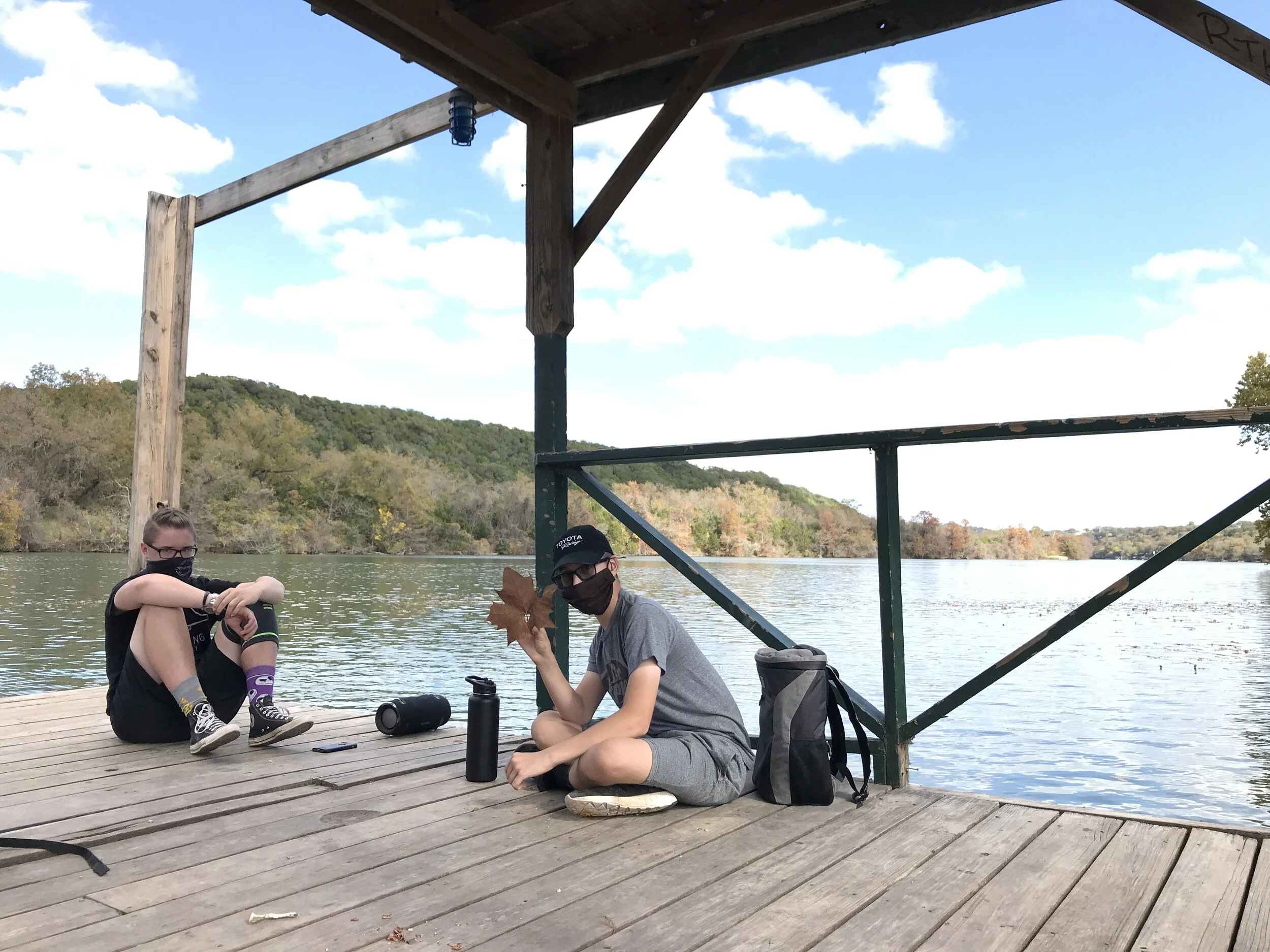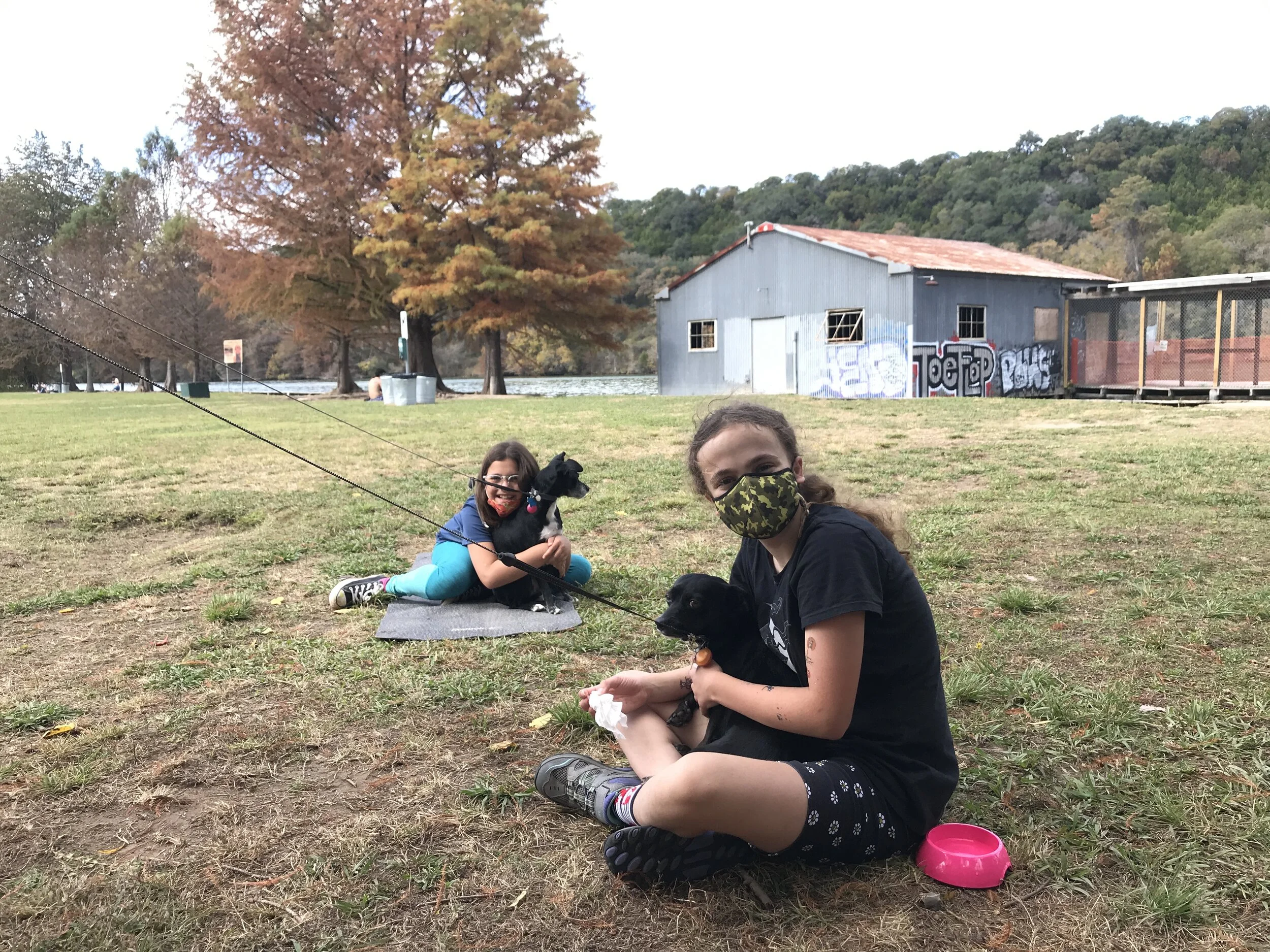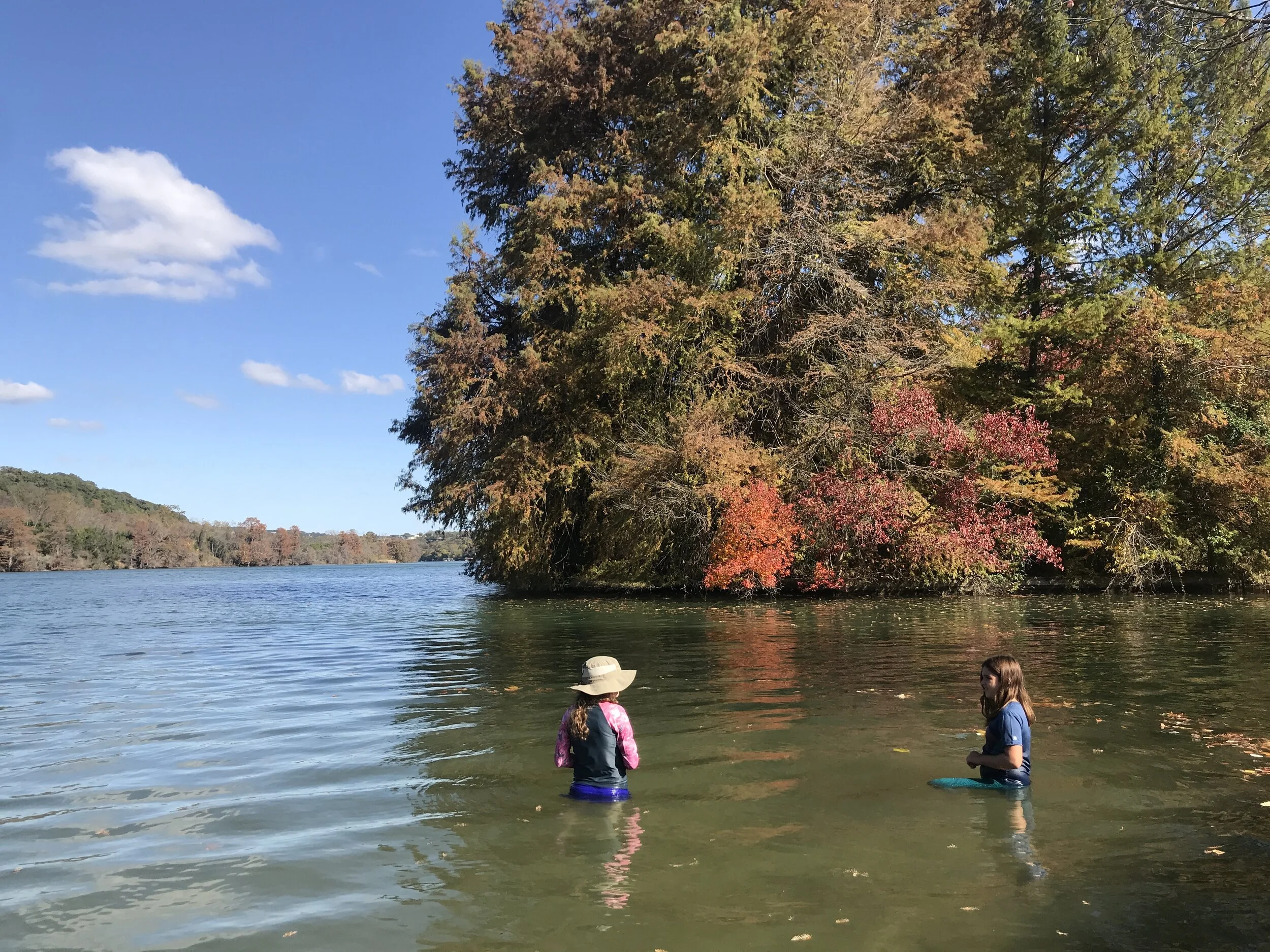After a long week, last week, for non-Abrome related reasons (e.g., so is this a coup?), I was better rested and fully ready for a great week at Abrome. In spite of all that was going on outside of Abrome last week, what happened inside of Abrome was pretty great. As the Learners came in on Monday morning they filled out their intentions. Some Learners think about what they want to get out of the day and put down goals: relax, read, record; dig, dig, dig; conversate with people on the dock, finish inking comic; be with dogs, eat, go to lake film, talk to [two Learners], and swim. Other Learners rush through the intention setting process: no intentions; don’t die; fire. I feel I should have a conversation with the Learners about the differences between intentions and goals, and help them consider the value of intentions as they reflect on their experiences at Abrome for a day, or longer. One of the younger Learners volunteered to facilitate the morning meeting and I asked him to try his best to stay focused on facilitating the whole meeting. He began by asking several rounds of questions of everyone, and then toward the end his focus started slipping, which is not unusual for younger Learners, so I gave him some prompts to help him wrap up the meeting.
Perhaps they were talking about the large leaf they fished out of the lake
We then walked on to the lake where the Learners broke off in groups as they had the previous day. Two of the older Learners decided to collect more pecans, and then eat them on the dock. The oldest Learner came over to where I was sitting and set up her chair, and asked if she could read a letter written by someone who is serving life in prison, who she learned about and communicated with through an activist where she lived prior to moving to Austin. It was a long letter written by the incarcerated person, and she was able to get through about one-seventh of the paper before needing to take a break. We had a couple of tangential conversations about whether life in prison for 18 year olds are ever justified, especially for someone who did not directly hurt someone else, and whether prison itself was justified. I’ve had quite a few conversations with this Learner about issues around the criminal justice system to include policing and prisons, and while we do not agree on many of the issues, we find areas of common ground that allow us to discuss ways to mitigate the harm of the system.
Every day is a good day to cuddle Cuddle Buddies
The two youngest Learners had another full day of fun hanging out with each other, playing, climbing, and digging. This included digging a cave and going in feet first, and then going in head first. The Learner who wanted to go in head first asked me to film him doing it, and in doing so I learned that he’s not claustrophobic. Meanwhile, two of the adolescents came over to hang out with Cuddle Buddies Ingrid and Ivan, and cuddle with them. Then they decided that it would be a good day to jump in the water. They jumped in shortly after 12:00 p.m., and then waded while talking to each other, singing, and splashing around. I know that I tend to stand largely still when in cold water, as did these two Learners, which gave them lots of time to talk to each other and get to know each other. Perhaps the polar bear club is all about finding uncomfortable ways to enjoy being around each other?
One of the Learners said that day and the day prior that they had been feeling not so great because of some food and drink choices (i.e., drinking Monster) they were making as well as because of some medication they were taking. They felt they needed to go home so they arranged for their parent to pick them up, and because they had carpooled with two others, all of a sudden at 1:00 p.m. our group size was cut by nearly 40%. This was really unfortunate because we are already challenged with small group sizes due to the pandemic. We currently have a maximum of seven Learners per cell to limit the potential exposure Learners and Facilitators in a cell have, as well as to help contain the disease from spreading through the Abrome community and into our local communities should someone in our community become infected. Self-Directed Education benefits most when there are others around who can bring forth their unique ideas, interests, passions, learning differences, identities, and life experiences. This is partly why many unschoolers are so intent on organizing outings; and this is why schooling, if it was not so coercive and age segregated, and if it didn’t work so hard to prevent kids from interacting with each other, could provide a great environment for learning.
Fortunately, the Learners who remained were paired off and having a blast. The younger Learners kept playing around the beach and the adolescents were still splashing around in the lake. In fact, despite the water being quite cold, the two in the lake remained in the water for over two hours straight, with one of the Learners staying in for nearly three hours. I considered jumping in the water myself but I decided that to stay on the shore with the dogs. At 3:30 p.m. we began to wrap up our day with the afternoon roundup, then made sure we were not leaving any trash behind, and made our way to the pick-up location. The Learners who remained had a blast that day, getting to know each other and further building bonds. In fact, one Learner confided in me that another Learner was “the only one who understands me.”
Good conversation while standing in cold water









